If you have been shooting in black and white for a while and you feel like learning some new tricks, you should consider using color filters. These filters are truly useful because they let you control how colors are converted to different shades of grey. If you use them the right way, you’ll be able to enhance the mood in your photos and achieve some interesting effects.
Using color filters can help you solve a very common problem in b&w photography. Since certain colors look too similar when converted into greyscale, this can make your b&w photos rather flat and lacking in contrast. If you decide to use color lens filters (either analog or digital ones), you’ll be able to affect the way colors are converted to black and white and make them clearly defined.
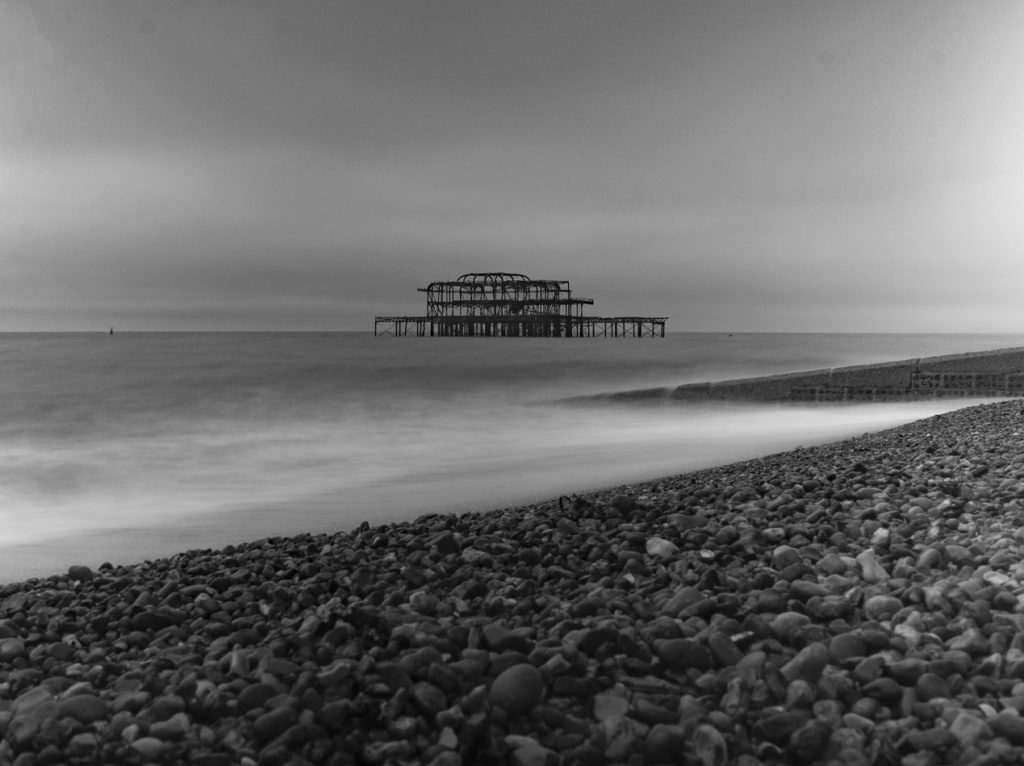
Color Filters Basics
There are 5 filter colors you can use in black and white photography – red, orange, yellow, green, and blue. Each of these color filters lets through its own color and blocks other colors (not completely!). Depending on the colors in your original photo, you should decide what kind of filter would be most suitable.
For instance, a red filter will let red light through, but block green and blue. This means that red color will appear brighter in the final image, while other colors (green and blue) will appear darker.
Now we’re going to cover these 5 filter colors and suggest when would be ideal to use them.
Red Filter
Red filter can produce very strong effects. In certain cases, it can increase contrast a lot, especially in landscape photographs. This happens because this filter turns a blue sky almost black and it makes clouds stand out. If you like dramatic b&w landscapes, you should definitely experiment with a red filter! It’s also very useful for hazy and foggy photographs because it can make them more vibrant.
Red filter is suitable for shooting plants too because it can increase contrast between flowers and their leaves, especially when it comes to red flowers (such as roses or poppy flower).
You should bear in mind that this filter can produce an extreme effect and you should use it sparingly.
Also, if you’re interested in infrared photography, mastering red filter can be a good starting point.
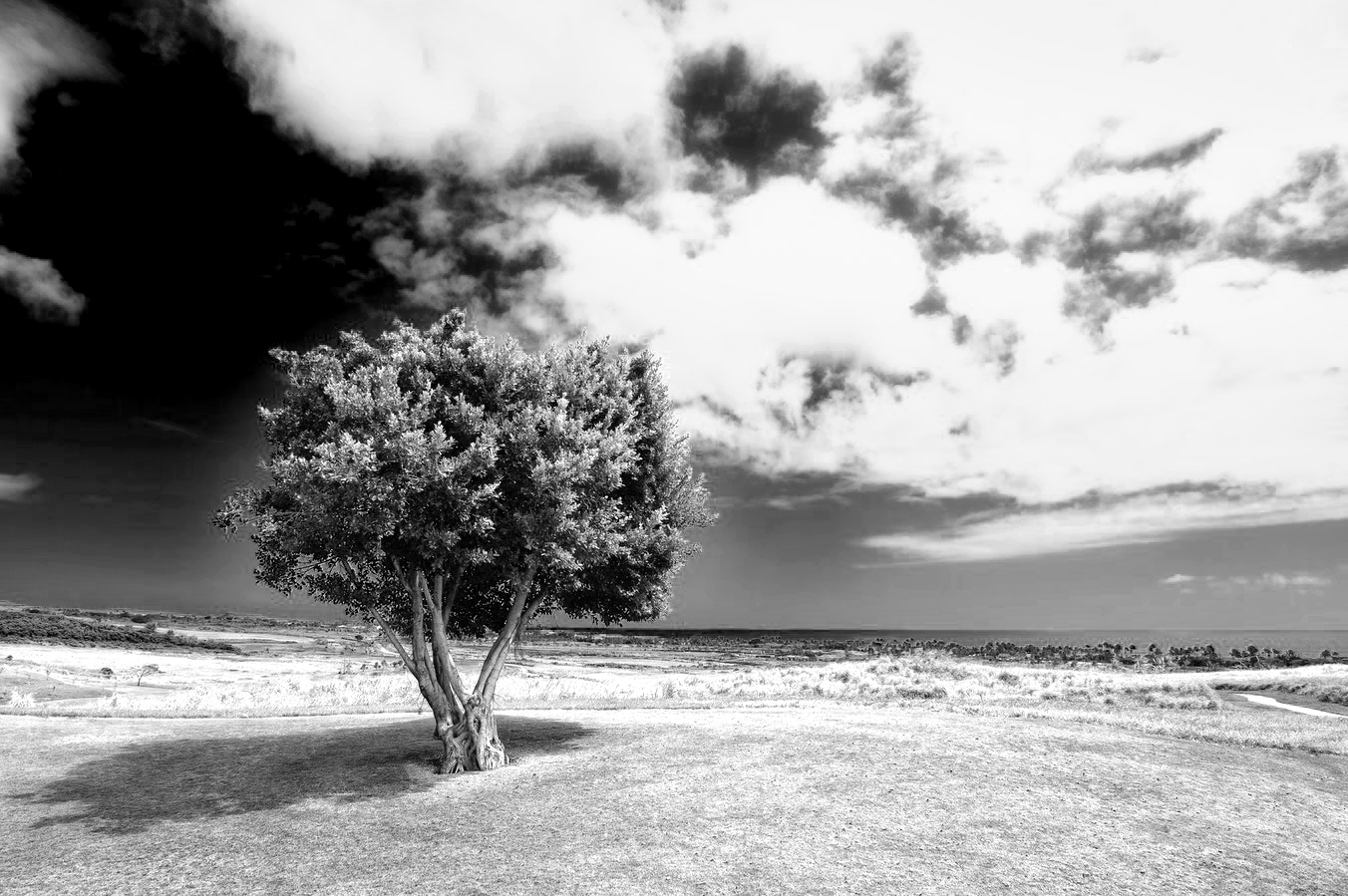
Orange Filter
Orange filter shares qualities of both red and yellow filter, which makes it quite balanced and popular among portrait photographers. However, it’s not meant only for portraiture – it can be a great general purpose filter.
The reason why this filter is popular in portrait photography is the fact that it makes skin brighter and reduces the severity of various blemishes. Even if your model doesn’t have the perfect complexion, this filter will give the skin a rather attractive and smooth look.
Another great way to use this filter is in architectural photography. If you shoot buildings and cityscapes, this filter will give bricks and similar warm-colored materials vibrant tone and it will make them stand out against the sky.
Just like red filter, orange one can be also used to darken skies and emphasize clouds. However, the effects will be more subtle.
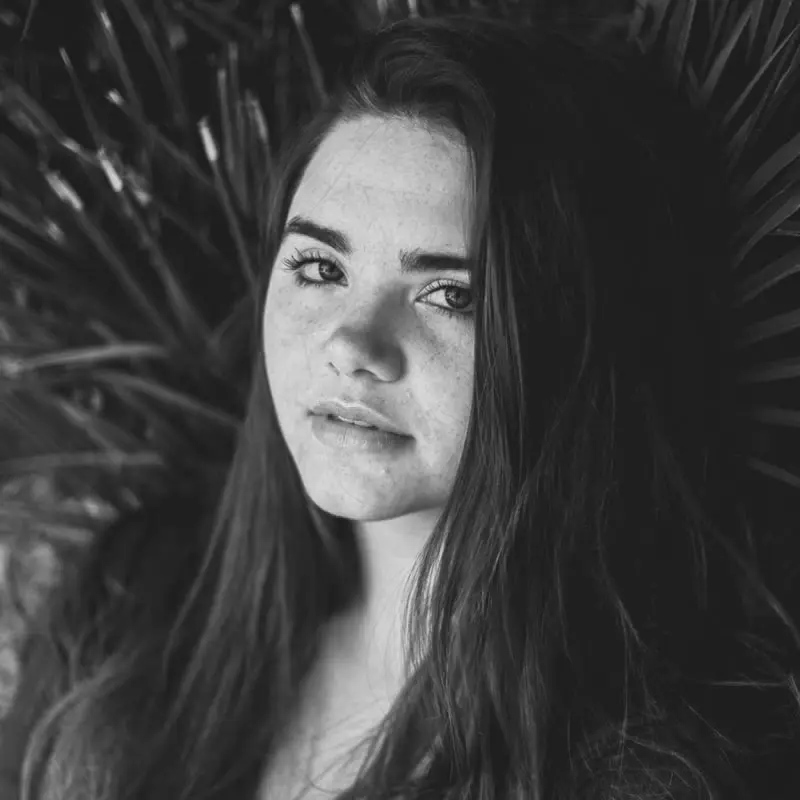
[thrive_text_block color=”note” headline=””] If you are looking for a complete step by step guide to beautiful black and white conversions then The Better Black And White Guide will ensure you get images that are timeless.
In this guide you will learn:
- How to use the B&W conversion process to improve your composition
- Learn why some “old school” knowledge can turn you into a black & white photographer that everyone else will envy
- The sneaky ways a Pro uses post-production to create amazing tonal range in a black & white photograph
- The secrets to leveraging “color” for a better black & white photograph
- How to tell the difference between black & white versus monochrome
- The “insider” secrets of the Histogram and creating award-winning black & white photographs
- And much more…
Do check out Kent DuFault's The Better Black And White Guide as it will teach you everything you need to know about converting your images to black and white.
Click here now to take a look [/thrive_text_block]
Yellow Filter
Yellow filter is not too popular because it produces very subtle effects, sometimes close to imperceptible.
Of course, it can be still useful under certain circumstances. For instance, if you shoot landscapes, this filter will darken the sky just a little bit, which will emphasize clouds. If you’re not too much into dramatic skies in landscape photography, this filter can be a great choice!
When it comes to portrait photography, yellow filter can improve the appearance of skin and make skin tones more balanced, but it’s not helpful in case of more visible blemishes or freckles.
Finally, yellow filter can improve your plant photography as well, because it makes foliage and light-colored flowers more luminous.
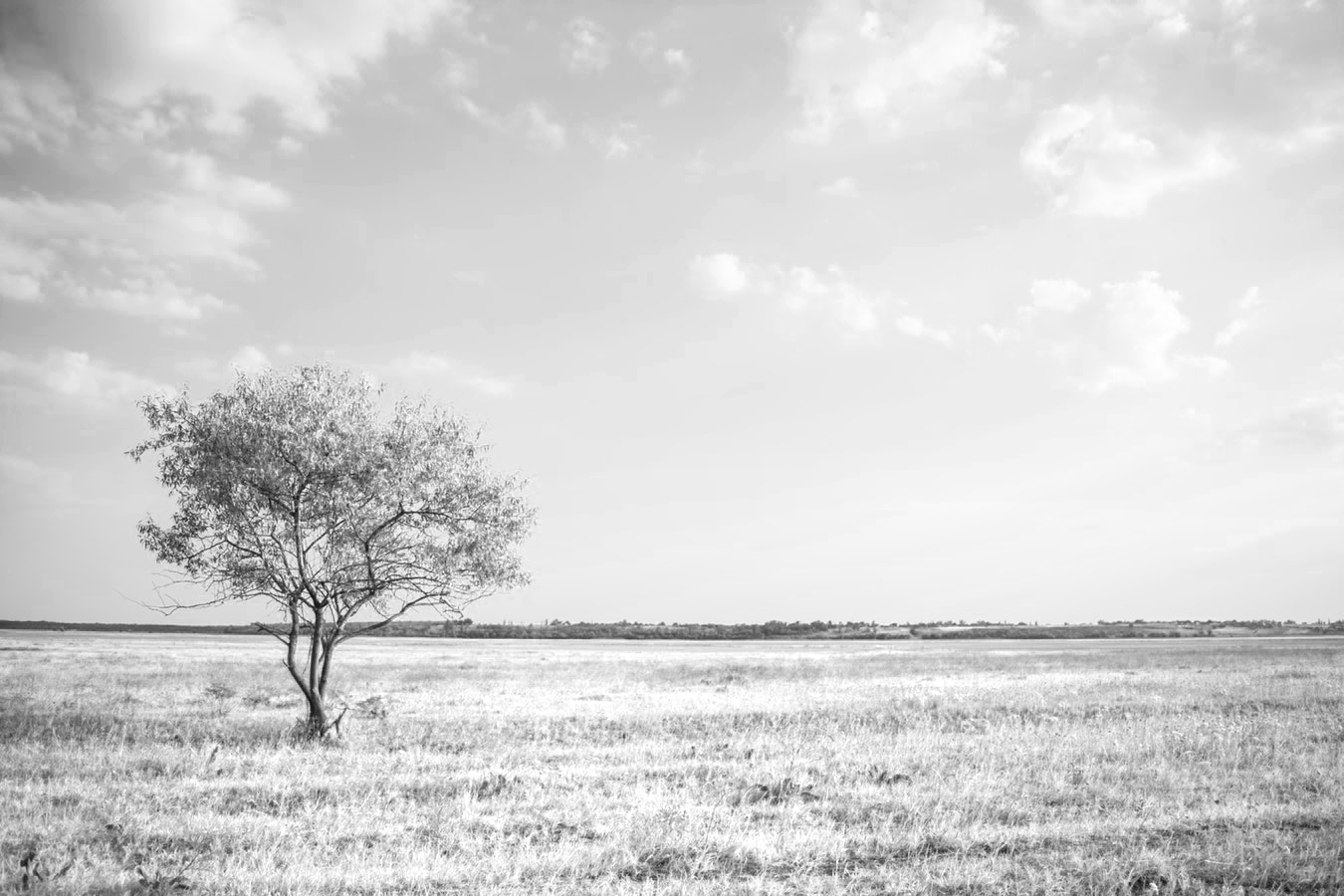
Green Filter
This filter is mainly used for photographing nature and plants. Since it makes green tones in images more pronounced, it helps separate the leaves from the flowers and buds.
Green filter can be used in landscape photography too because it can enhance the appearance of grass and lighten the sky. If you don’t want dark and ominous skies in your landscapes, this filter can be a good option.
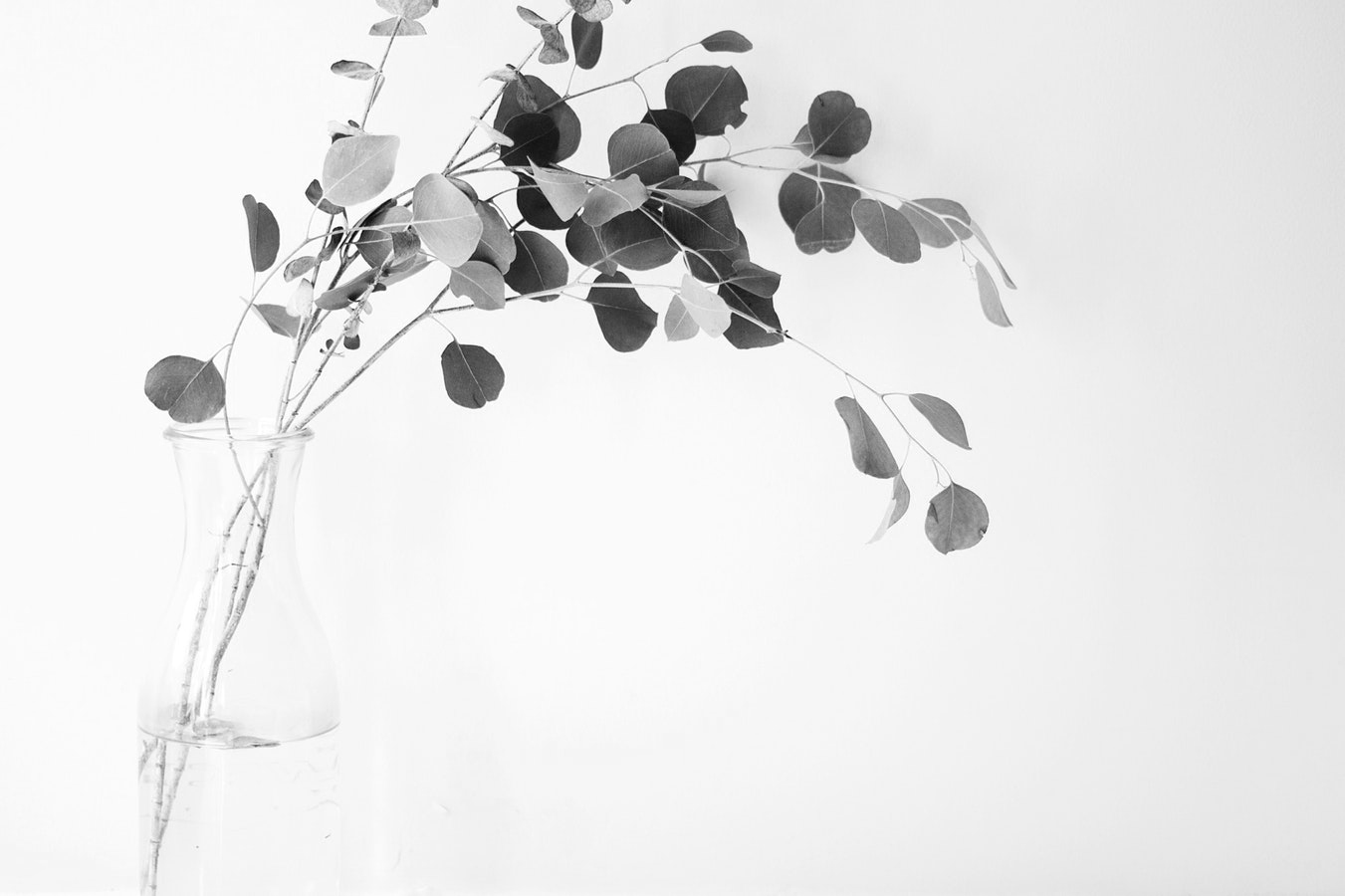
Blue Filter
This filter is rarely used in black and white photography because it darkens colors and reduces contrast. If you don’t use it carefully, you’ll probably end up with underexposed b&w images.
However, this reduced contrast can result in a poetic atmosphere suitable for early morning scenes or hazy mountains. Blue filter introduces a calm and serene atmosphere.
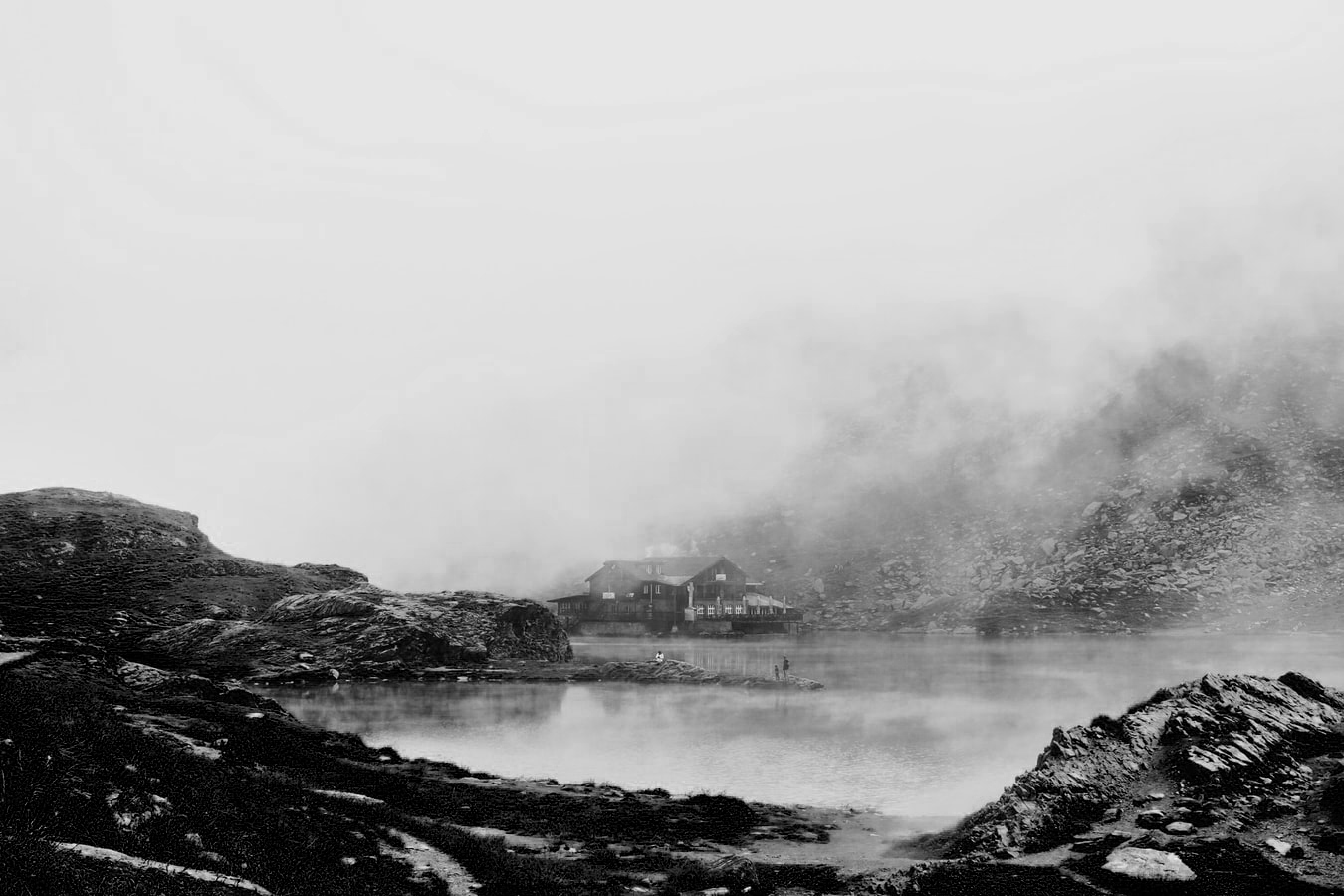
If black and white photography is your true passion, getting a selection of colored filters can be a great decision. These filters will give you more control over your images and help you create a certain atmosphere that you have envisioned.
Further Learning:
Make sure you take a look at Kent DuFault's Better Black And White Guide. This is a complete step by step guide to creating stunning black and white conversions – including teaching you everything you need to know about controlling tone and contrast to get the image you want.
If you missed out on your copy last time, it is available again, and on sale right now.
Click here to take a look…
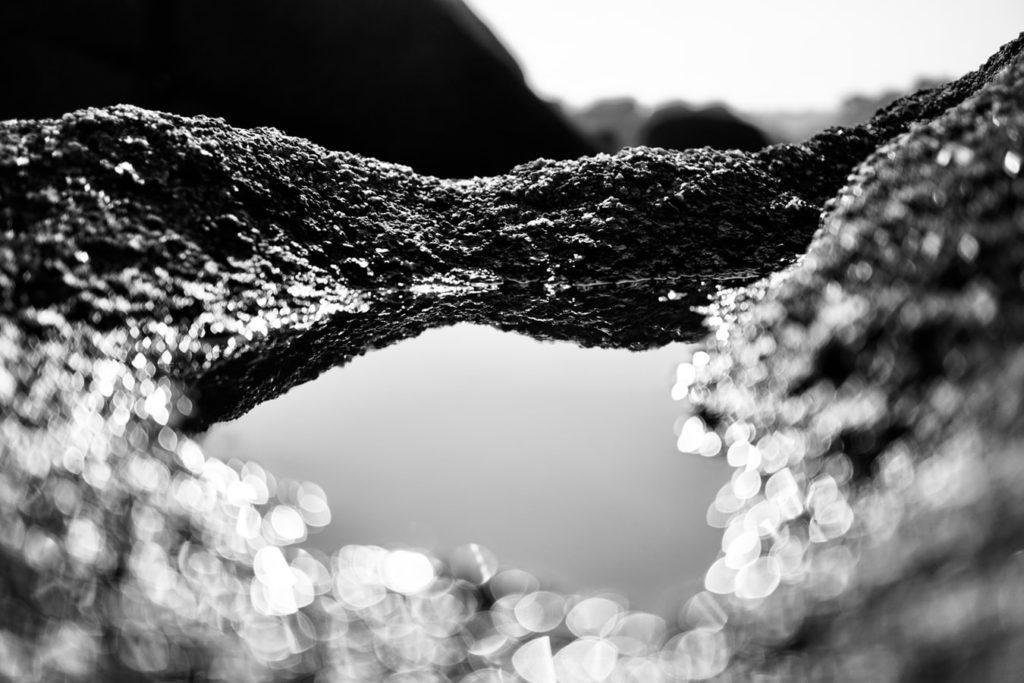
Further Resources:
In case you want to learn more about black and white photography, check out the following links!
- Better Black And White Images In 3 Easy Steps
- 5 Surprisingly Simple Tips For Stunning Black And White Portraits
- 3 Free Guides For Perfect Black And White Photos
- 5 Essential Filters For Black And White Photography
- Optical Filters For B&W Photography

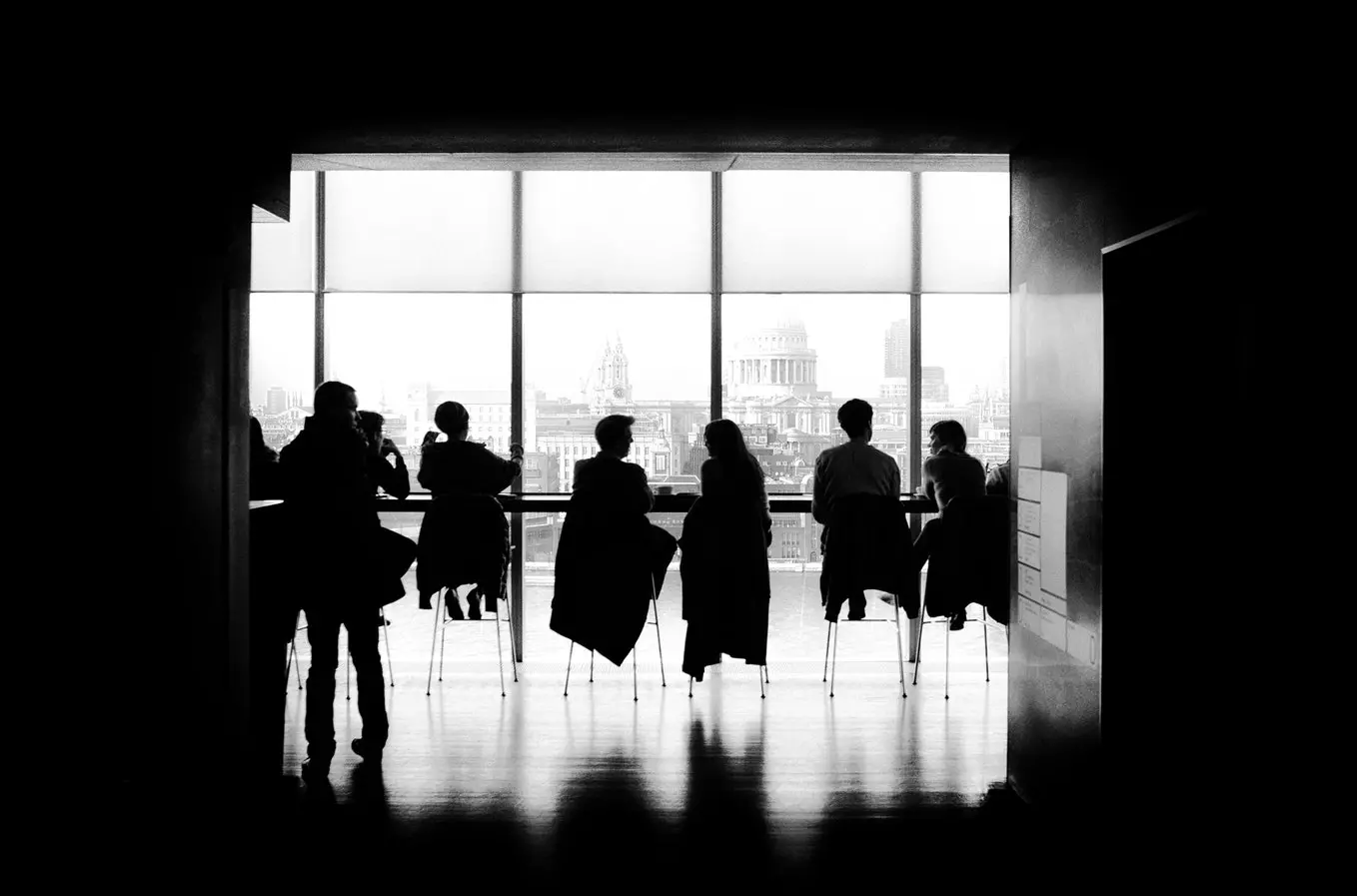


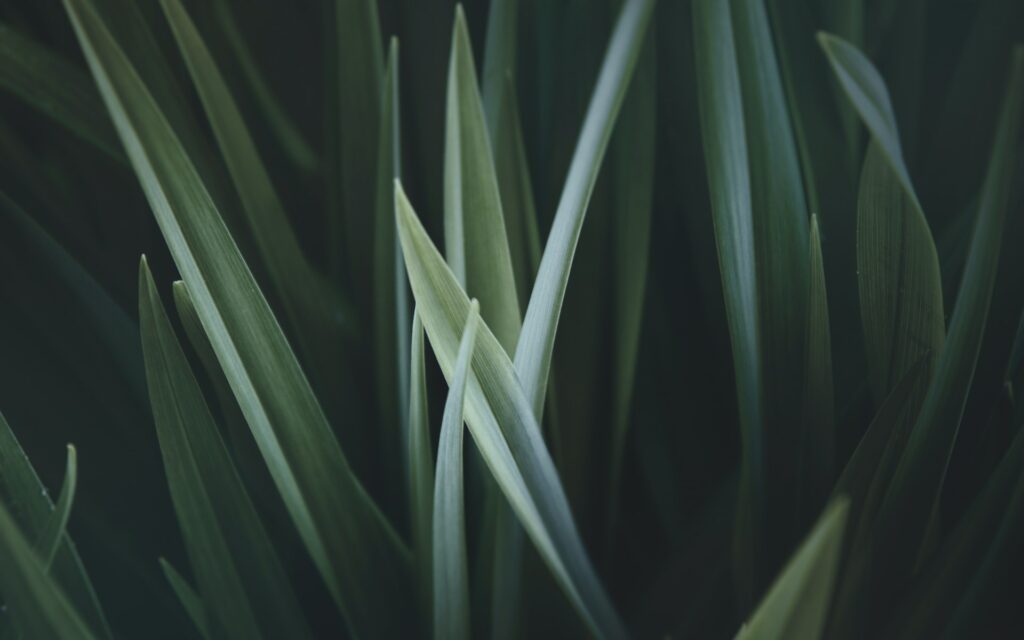
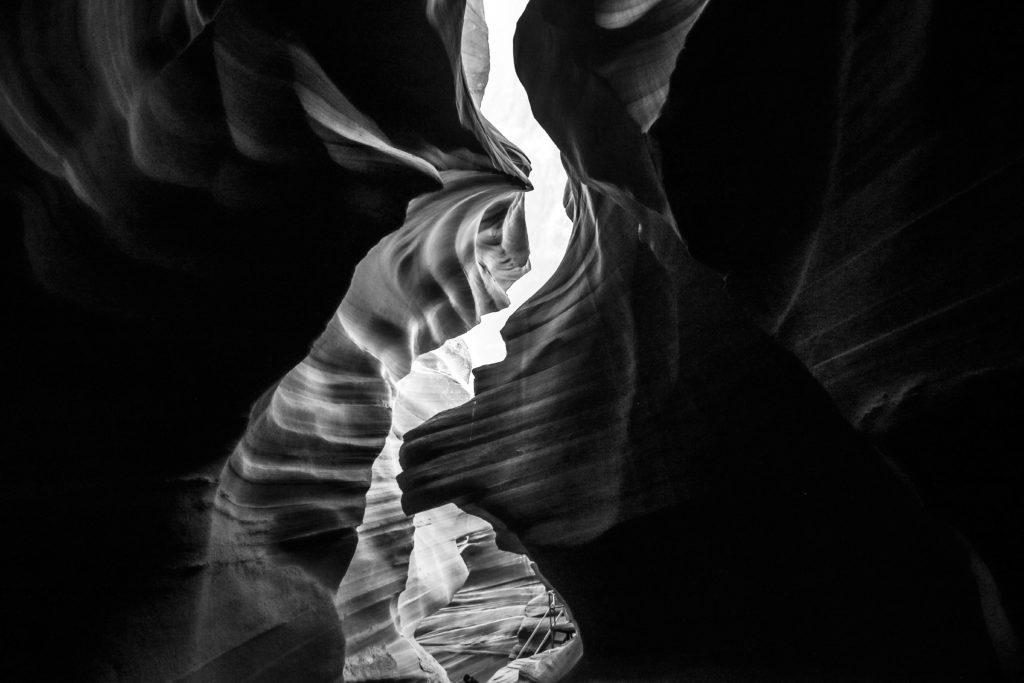
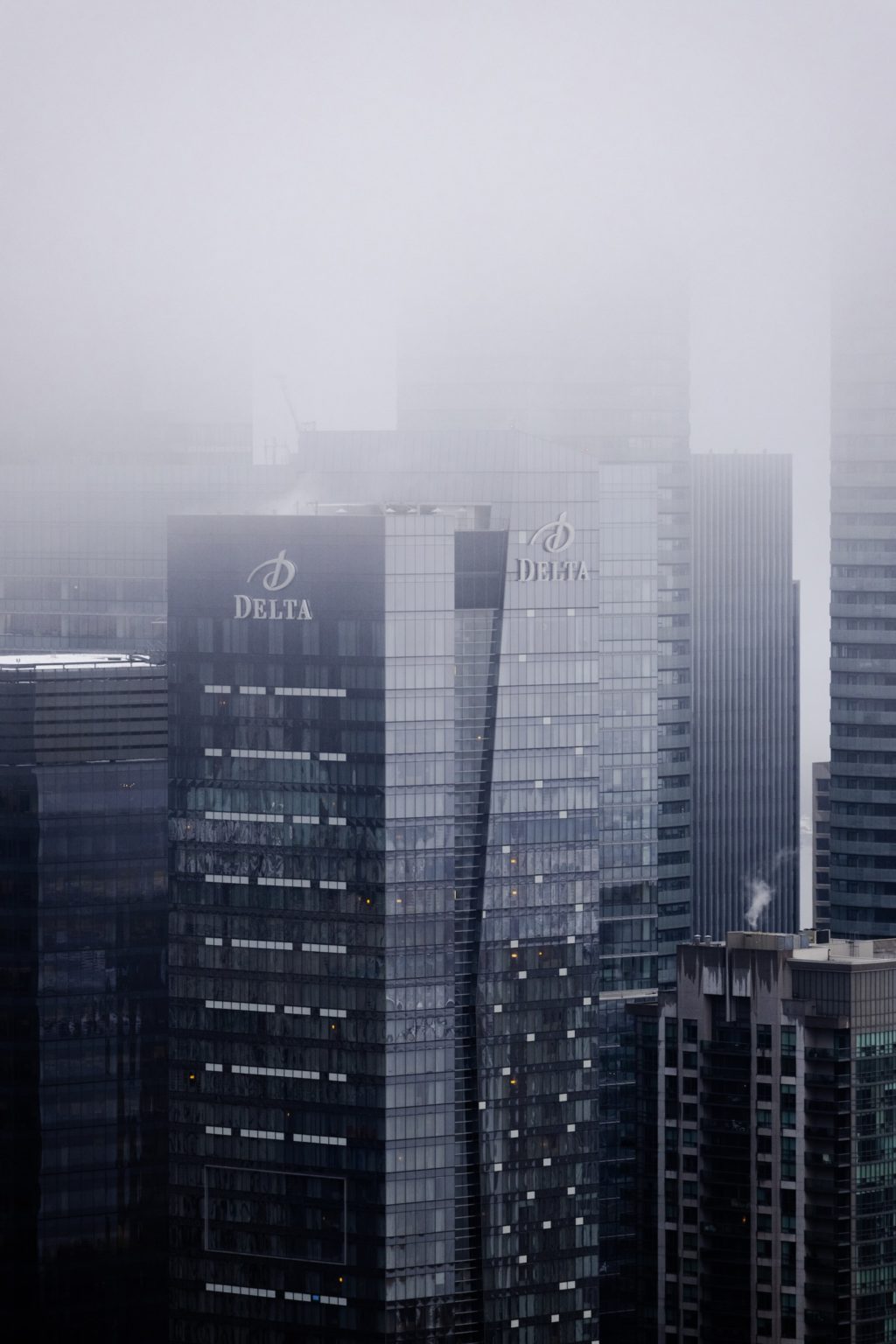
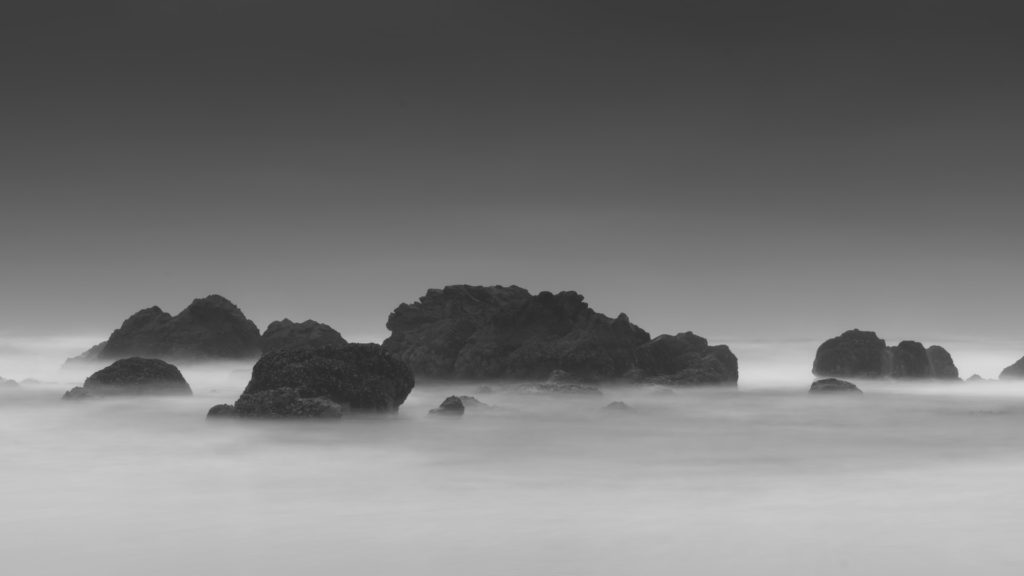
6 Comments
Excellent article and very clearly presented. Thanks. Any suggestions for the best manufacturer of filters for a Pentax 67 with 150 mm lense?
A simple general rule without loss of time : The filter lightens its color and darkens the complementary color and its components. It’s that simple. Cheers
In these B&W filter tips, are we talking about physical filters on either film or digital cameras or filters applied PP to digital images?
Thanks for the informative and inspiring article Janeska. Now I have to try this in post (I can’t use physical filters with my camera).
Which camera are you using, Bobbie?
Excellent article , learned a lot ..thank you Janeska.